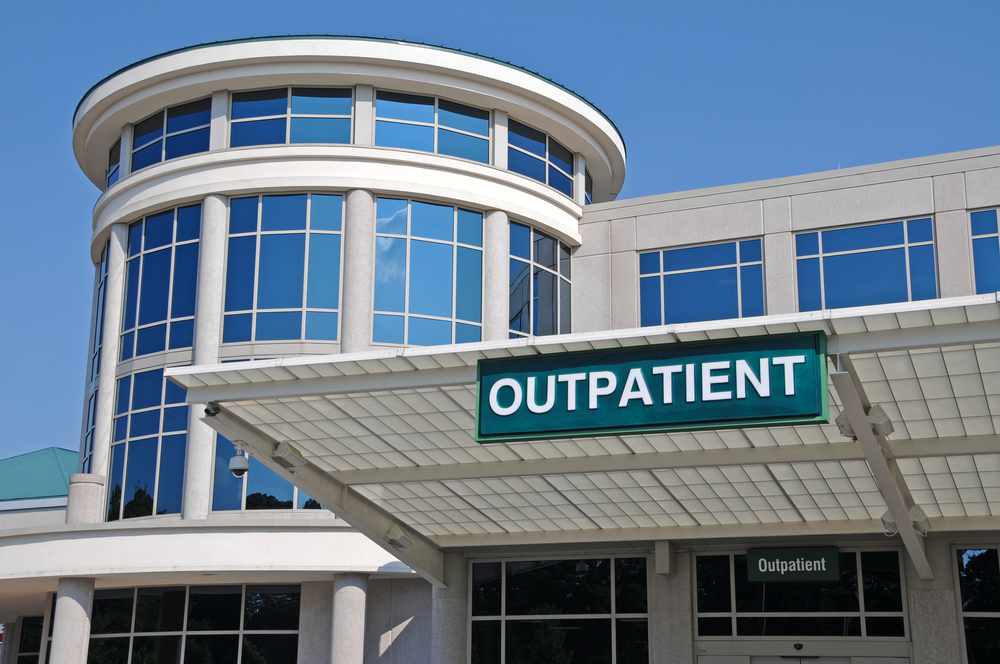It’s time to revisit the issue of the relationship of the physician to the hospital-based outpatient department (HOPD), the “site of service” for many wound care programs. The issue is confusing, I agree. More and more wound management is being done in doctor’s offices. In a doctor’s office, there’s one “entity” that gets paid – the doctor. That means the physician pays for the office, the staff and buys all of the equipment used including dressings — and pays for all that entirely out of the physician’s visit fee. It’s obvious why there are advantages to having the hospital pay for some of those expenses. In the HOPD, there are two “entities involved”: 1. the physician and, 2. the hospital. In the HOPD, the hospital pays for the space, employs the nurses, and buys all the equipment. (The physician fees are billed separately.) When a hospital meets the regulatory criteria to be considered an HOPD, they can charge a “facility fee.” However, there are very specific criteria that allow the hospital to bill the facility fee.
In 2000, the Center for Medicare and Medicaid Services (CMS) established the criteria that allow a hospital to be paid a “facility fee,” for outpatient services. In order for the HOSPITAL to charge a facility fee for the service provided to a patient, the service has to be rendered “incident to” that of a physician. In other words, some type of physician supervision is MANDATORY for the hospital to be considered an HOPD. There are a lot of criteria; the relationship of the HOPD to the physician is only one of them.
It is true that CMS recently changed the level of supervision required in the HOPD. Previously, that supervision had to be “direct,” meaning the physician or advanced practitioner had to be physically present in the wound center even if they did not actually see the patient that day. However, CMS changed the level of supervision for HOPDs to “general.” Under general supervision, the physician does not have to be physically present in the HOPD for services to be rendered, but the visit must still be provided “incident to” an advanced practitioner. Many questions remain about physician billing under general supervision which CMS has still not answered (see previous posts about the questions Helen Gelly and I asked Novitas, and to which we never got answers). It’s not clear whether the doctor can charge when providing only “general” supervision.
What has NOT changed is the fact that there must be SOME type of physician supervision for today’s visit, otherwise the hospital is not complying with the requirement to be an HOPD. In other words, the fact that supervision is “general” does not change the fact that there MUST be an advanced practitioner identified as the supervising physician for every visit. The physician or nurse practitioner may not have to physically BE there, and they probably can’t bill for their involvement when they aren’t, but the hospital still has to identify by name the doctor who provided supervision for the patient’s visit, otherwise they are in breach of the criteria to be an HOPD. (And FYI, I am pretty sure even HOPDs in critical access hospitals have to identify the supervising doctor for today’s visit but I will post a correction if you can show me the regulation that says differently.)
I know it’s confusing and I suspect I did not use exactly the right legal terminology in my explanation, but that doesn’t change the fact I am correct about the big picture. If the above is news to you, I suggest you attend the next Wound Clinic Business class.
–Caroline

Dr. Fife is a world renowned wound care physician dedicated to improving patient outcomes through quality driven care. Please visit my blog at CarolineFifeMD.com and my Youtube channel at https://www.youtube.com/c/carolinefifemd/videos
The opinions, comments, and content expressed or implied in my statements are solely my own and do not necessarily reflect the position or views of Intellicure or any of the boards on which I serve.



